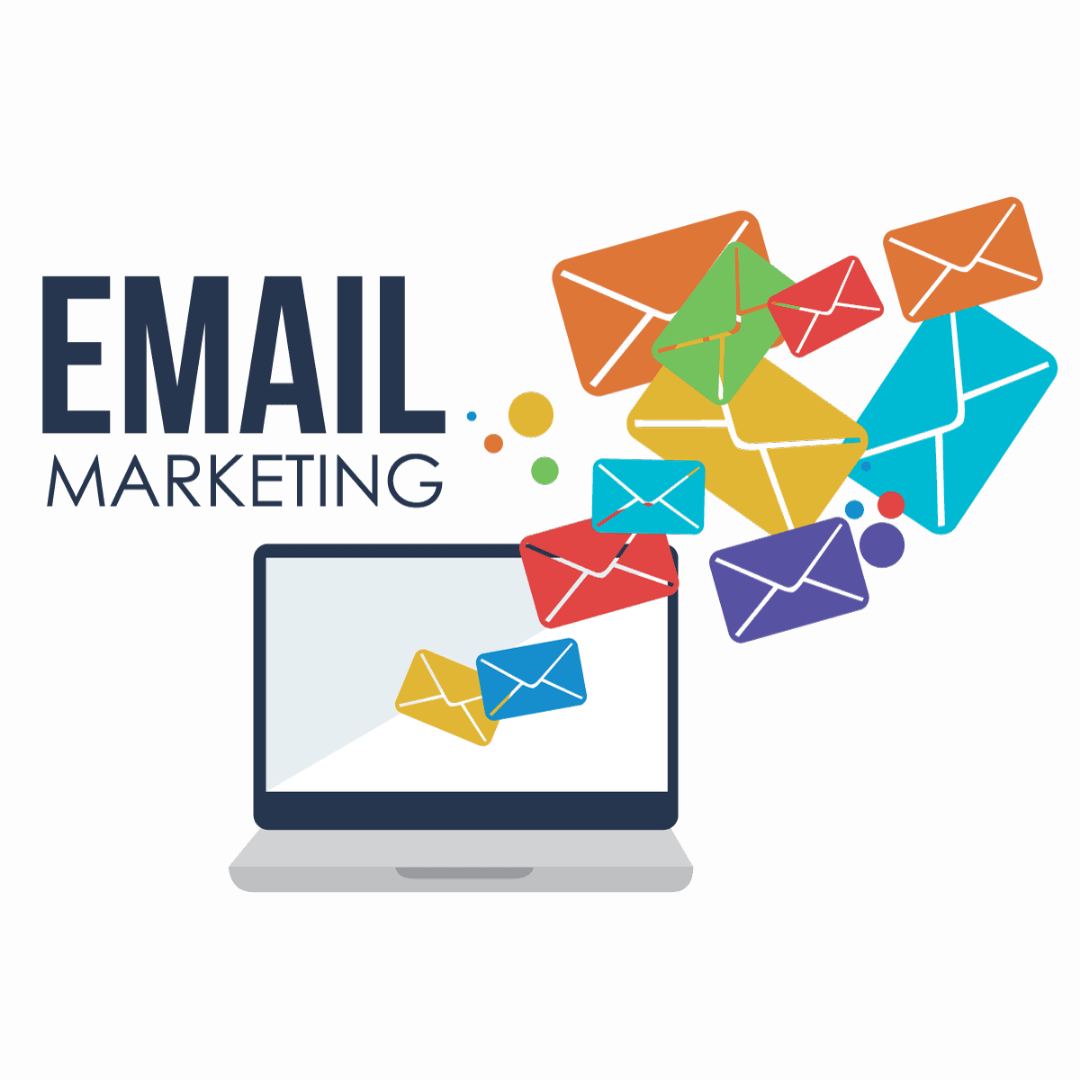How Freelancers Can Use Email Marketing
Have you ever heard of email marketing? Are you just starting your freelancing journey and have been asking yourself, “How do I even begin?” Or perhaps you are already in the business and you are wondering, “how do I get more clients and retain them?”
You are aware of your skills and values and are certain they are marketable. With this, you know you are ready to take on clients, but how do you actually go about getting those clients and keeping them around?
As a freelancer, one of your main goals is to get your name and work in front of the right people. You will have to build an audience you can pitch your services to, and you need that audience to constantly grow without needing a lot of hands-on time since you’ll hopefully have your table full with client work. To do that, you need to subscribe to email marketing.
What is Email Marketing? Email Marketing basically means sending bulk emails to market your services or share other necessary information. The email you send might be a newsletter, announcement, promotion or seasonal greeting, and the recipients are generally going to be your clients, contacts, friends and anyone who’s subscribed to your mailing list.
There are different tools to pick from. They include; Mailchimp, Mailerlite, Convert kit, etc.
Why should Freelancers use Email Marketing?
Email marketing is the best, most cost-effective and time-saving tool a freelancer can use to build his/her business. Are you looking for a way to reach a wide audience and still maintain a level of personal touch? You will find your solution in email marketing.
There are several benefits of email marketing.
Here are a few; you can find your new clients, stay in touch with clients and their business, get new work from existing clients, learn more about your potential customers and increase your business’s visibility among others.
How to do email marketing as a freelancer?
- Put down your objectives: As a freelancer, you can use email campaigns for a myriad of things. So, it is essential that you clearly list out what you want to achieve with it. You can’t just jump into it. Review your requirements, set clear objectives, and frame strategies accordingly.
Here are a few reasons/objectives for using email campaigns:
Gain referrals from former clients, ex-colleagues, alumni members, friends, and relatives
Distributing your contents with persons that might find them useful
Stay in touch with clients and potential clients
Showcase your works and achievements with potential clients.
Nurture leads and build them up the client funnel - Build an email list: Basically, if you don’t have an audience, who are you sending the emails to? This is why you need to build an email list first. It is simply a collection of names and email addresses of people who have clearly shown an interest in what you have to offer.
This could be anyone — former clients, Twitter followers, Facebook Page followers, Instagram followers, LinkedIn connections, blog readers, website visitors, and so on. The big question is how do you get them to be part of your mailing list. One way to do it is by creating an opt-in form on your website and getting them to sign up. If you do not have a website, you can invite your former clients, colleagues, social media followers, and people you meet at conferences and community events to join your email list. - Segment your email list: Once you have your list place, the next thing to do is to segment it. It is worthy to note that there are different types of individuals in it. If you send the same email to everyone, people will find it irrelevant and disturbing. This means more people will eventually unsubscribe or mark your email as spam. And that will hurt the potency of your emails. Basically, the purpose of segmentation is to ensure greater relevancy.
You can segment them in different ways, including; your relationship with them, how long they have been on your list, the source through which they got signed up, and their level of engagement. - Test and optimize: Just setting up email campaigns is not enough to fetch results. Like every other marketing channel, you have to actively and consistently test and tune your campaigns. The best way you can go this about it is to create split test email campaigns.
Before you get into testing and optimizing, you need to understand the metrics of email marketing. You will be able to view this in the analytics section of your email service. Make sure you keep an eye on them. It will help you test and optimize better. They include; spam score, open rate, click rate, bounce rate, unsubscribe rate etc.
Final thoughts
It is evident that you can do so many things with email, so it is quite easy to get overwhelmed. Too many aspects to optimize, you have to reply to emails, too many metrics to track, and so on. But, that’s the wrong way to approach it.
Rather, take adequate time to prepare before sending your first batch. Develop a long-term plan. Work on building a form first, then get people to sign up to it. Limit your experiments to certain focus areas. You can use a project management tool to track and optimize your efforts.
Email marketing success can never be achieved by accident or luck. Stay organised, be deliberate, be patient, be helpful, and never stop adding value.





